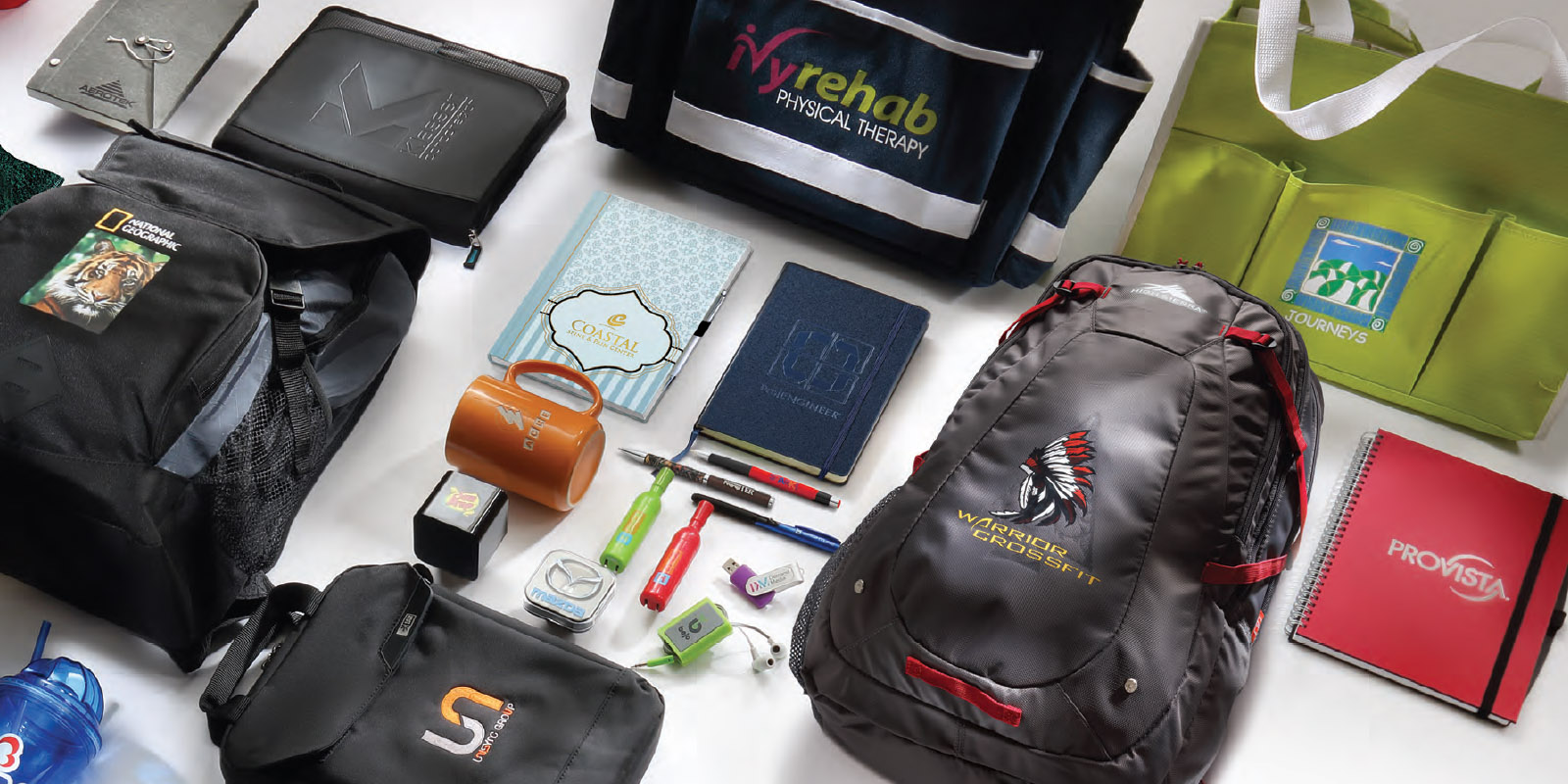Even before TKO Marketing Solutions was added to the TKO family of businesses, we used promotional products as part of our marketing. We’d giveaway items at golf outings, present holiday gifts to customers, and reward employees with tokens of our appreciation. The difference was we relied on promotional product experts to advise and guide us. Overall, we did well with our product choices. However, if we’d had more information—more facts, we might have done better. What we wanted to do with this post was give you the facts—help you do better with your promotional product marketing.
The Facts are In…Promotional Products are a Win!
We researched facts about promotional products and found an informative piece from PPAI (Promotional Products Association International). They published a comprehensive fact book on promotional product marketing Promotional Products Work. We’d recommend this publication to anyone who uses specialty products as part of their marketing initiatives. The fact book answers why promotional products work and explains how they work. It shares information about the specialty product industry and shares how to use swag in marketing campaigns. Near the end of the fact book, there’s a page of bullet-pointed facts about specialty products. Georgia Southern University, L.J. Market Research, Southern Methodist University, and Baylor University completed the studies. Here are 25 of the facts from the book. They’re 25 of the most compelling reasons to promote promotional product
- A promotional product incentive and eligibility in a sweepstakes drew as many 500 percent more referrals than an appeal letter alone.
- Tradeshows: 71.6% of attendees who received a promotional product remembered the name of the company that gave them the product.
- Tradeshows: 76.3% of attendees had a favorable attitude toward the company that gave them the product.
- Tradeshows: Including a promotional product with a pre-show mailing or an offer of a promotional product increases the likelihood of an attendee stopping by a tradeshow booth.
- Reach: 71% of respondents randomly surveyed reported receiving a promotional product in the last 12 months. 2
- Reach: 33.7% of this group had the item on their person – a coveted location for advertising.
- Recall: 76.1% of participants could recall the name of the advertiser on the promotional product that they received in the past 12 months.
- Recall: In comparison only 53.5% of participants could recall the name of an advertiser they had seen in a magazine or newspaper in the previous week.
- Impressions: 52% of participants in the study did business with the advertiser after receiving the promotional product.
- Impressions: 52.1% of participants reported having a more favorable impression of the advertiser since receiving the item.
- Frequency: 73% of those who used the promotional product they had received stated they used it at least once a week.
- Frequency: 45.2% used it at least once a day.
- Note: The greater the frequency of exposure, the lower the cost per Impression.
- Repeat Exposure: 55% of participants generally kept their promotional products for more than a year.
- Repeat Exposure: 22% of participants kept the promotional product that they had received for at least six months.
- Retention: 75.4% of those who received a promotional product stated that they thought the item was useful.
- Retention: 20.2% kept the promotional product because they thought it was attractive.
- Direct Marketing: The inclusion of a Promotional Product to a mail promotion increased the response rate by 50%.
- Direct Marketing: The use of Promotional Products as an incentive to respond generated four times as many responses as a sales letter alone.
- Direct Marketing: The use of a Promotional Product as an incentive to respond reduced the cost per response by two-thirds.
- Repeat Business: Promotional product recipients spent 27% more than coupon recipients and 139% more than welcome letter recipients over an 8-month period.
- Repeat Business: Promotional product recipients were also 49% more likely than coupon recipients and 75% more likely than letter recipients to return and patronize the business in each of the eight months studied.
- Referrals: Salespeople who gave promotional gifts to their customers received 22% more referrals than sales people who did not use promotional products.
- Good Will: Customers who received a promotional product scored 52% higher than a letter only.
- Recipients of promotional products have a significantly more positive image of a company than those who do not receive promotional products.
Be a Winner!
Whether your organization is B2B, B2C, or not for profit, there’s a place and purpose for specialty products in your marketing plan. Whether you sponsor events, recognize employees, or reward customers there are promotional products that fit your needs. You have the facts. Now you need the SWAG. If you’d like to learn more about promotional products let us know, we’d be happy to offer our help and advice, and that’s a fact!


Leave A Comment